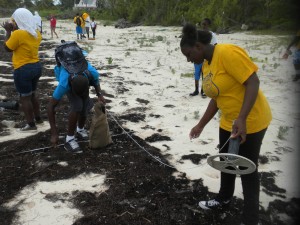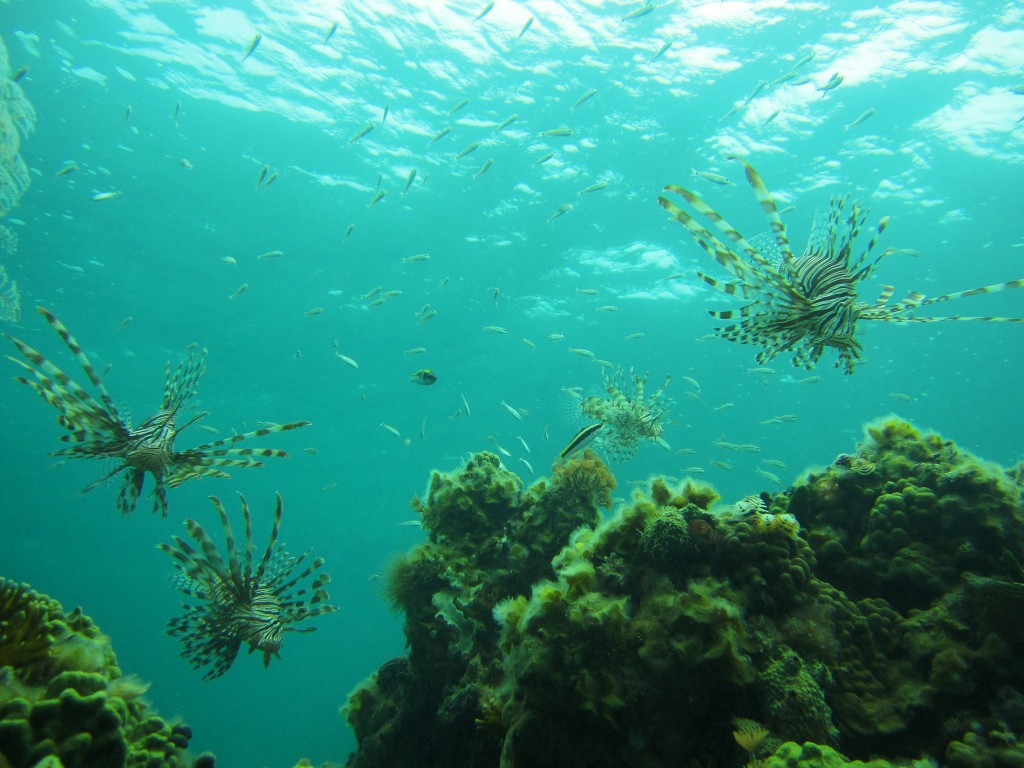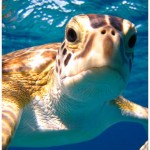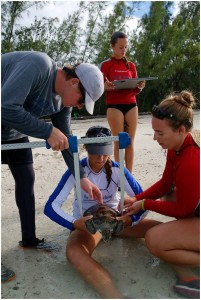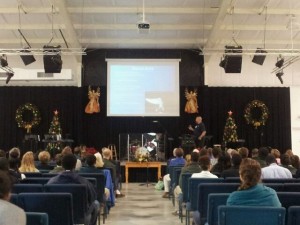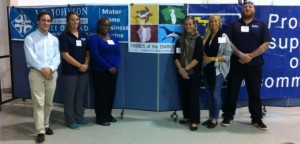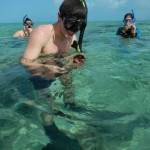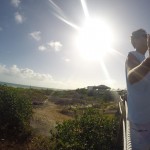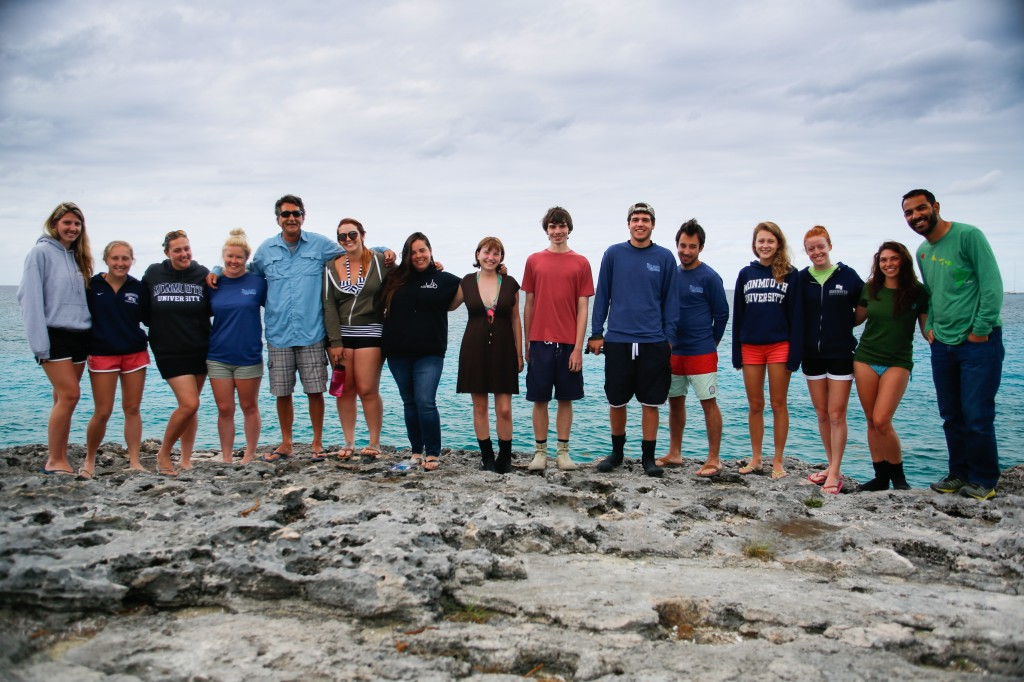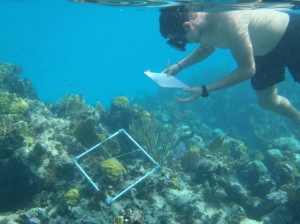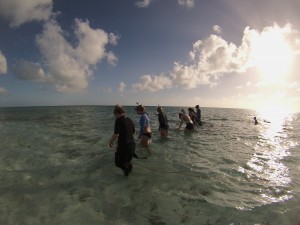
The Maine School of Science & Mathematics blessed us with their presence for the 4th year in a row here at the Cape Eleuthera Institute! Dr. Debbie Eustis-Grandy and Dr. Gregory Hamlin, both teachers from MSSM in Limestone, Maine, lead five brilliant boarding students through a two week research program with Cape Eleuthera Institute’s shark researchers- Edd Brooks, Owen O’shea, Ian Bouyoucos, Ollie Shipley, and Mackey Violich.
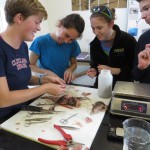
Students were specifically looking at the effects of longline capture stress on the blood chemistry of Caribbean reef sharks & nurse sharks, focusing on glucose and lactate levels within the first 30 minutes of capture. Students worked alongside the shark crew in the field longlining for shark. Their first day in the field they caught a juvenile tiger shark with a total length of just 134 cms! This data will contribute to CEI’s shark longlining database and be used to research the potential effects commercial longline on shark species. Students analyzed blood chemistry data on Caribbean reef sharks and nurse sharks provided by the CEI’s long term database. This data was used to draw conclusions on the different stress response of species with various life history characteristics. Continue reading


